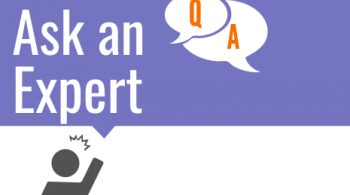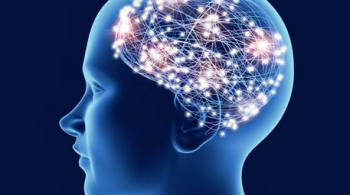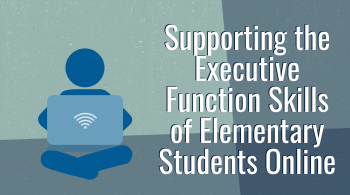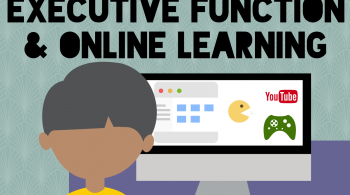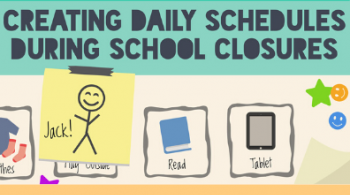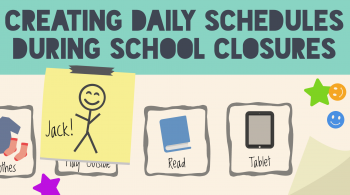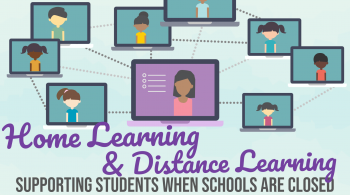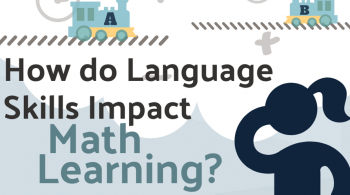By Lisa Carey and Taylor Koriakin
December 4, 2015
Taylor Koriakin worked as a research assistant in the Department of Neuropsychology at the Kennedy Krieger Institute from 2011 to 2015. She is currently a school psychology doctoral student in the Neag School of Education, University of Connecticut.
There are many reasons why students may struggle with math achievement, and student data can direct teachers toward specific skill deficits. For example, a teacher using adaptive assessments such as iReady or the Measurement of Academic Progress (MAP) can differentiate if a student is struggling with basic math facts, math skills (such as fractions and decimals), or problem solving. Assessment data can also indicate how far below grade level a student may be performing.
While focusing on specific knowledge and procedural skill sets can help students who underperform in mathematics improve, it is important to note that there are other, less obvious reasons why students may fail to master mathematics. A review of neuropsychological research in math skills reveals that many low achievers in mathematics demonstrate weaknesses in skills that fall under the umbrella term executive function (read our interview of Dr. Jacobson for more information on executive function). Furthermore, the What Works Clearinghouse reports that many effective math interventions include techniques that support these same skill areas.
Although multiple elements of executive function can contribute to low achievement in mathematical problem solving, current research points to three specific domains that are most clearly associated with poor performance: attention, working memory, and mental flexibility. Below are descriptions of these three areas as well as suggested ways to provide targeted supports through instructional design.
Attention: Students can only solve problems if they are able to attend to them. This entails paying attention to directions, sorting out which pieces of information are important to the problem at hand, and sustaining focus on the problem. In order to support attention in the classroom as an educator:
- Provide clear instructions in multiple formats (i.e., written, orally, and with visual supports and models if possible). Keep the written directions with visual supports posted during the activity or provide students with a copy of the directions to reference.
- Provide a list of guiding questions to help students determine which pieces of information in the problem are important. This is particularly important for word problems.
- Encourage students to highlight or annotate important pieces of information within the problem.
- Have students in the class model their thinking when selecting which pieces of information are important to attend to.
- According to Dr. Mark Mahone, director of the Department of Neuropsychology at Kennedy Krieger Institute, “Emotion is the gatekeeper to attention.” Therefore, it is important to help students make personal connections with math problem solving. These connections can be made by linking problem scenarios familiar to your students, utilizing student generated data sets, or providing manipulatives and physical representations.
Working Memory:
Working memory allows students to hold small pieces of new information in mind while they retrieve prior knowledge and manipulate the information in order to problem solve. Students may use working memory to hold in mind the new information of a word problem while they connect to their prior knowledge about subtraction, allowing them to piece the new information into this procedural knowledge. For a great primer on working memory, watch Dr. Peter Doolittle’s TED talk.
Working memory is not in endless supply. It is possible to “overload” working memory. As math problems become longer, more involved, and procedurally complex, working memory is tasked to a greater degree. Students must remember multiple facts, procedures, and flexible strategies for solving problems at once. Support student working memory by:
- Encouraging students to reference their notes (this takes a load off of working memory because students do not have to hold procedures for solving problems in mind).
- Modeling methods for highlighting and annotating problems so that less information needs to be remembered at once.
- Scaffold with procedural or task lists, vocabulary sheets of commonly used terms to avoid over-taxing working memory.
- For students lacking automaticity with math facts, consider the use of a calculator or multiplication table for higher-order problems so that they are still able to practice problem solving.
Mental Flexibility:
Mathematical problem solving requires conceptualizing multiple solutions and selecting the best course of action. It also requires the ability to reflect upon already completed work, determine if the answer appears correct, and take new actions to self-correct if necessary. These steps require considerable mental flexibility.
Students can learn this skill through mental modeling. With this method, problem solvers will think aloud as they go through the steps of a problem and engage in dialog with others or themselves as they do so. Co-teaching pairs can be especially successful with this type of activity, as one teacher can work through the problem, while the other models the types of internal questioning that might occur. Help students cultivate mental flexibility by:
- Modeling problem solving while “thinking aloud.”
- Brainstorming problem solving options with groups of students; having students discuss which option is the best fit.
- Talking through problems in which an answer was incorrect to make the process of problems solving visible to students.
A Note about Automaticity and Executive Function:
Developing fluency of math facts and automaticity of math operations may also help to improve math achievement. The Automatic Information Processing Theory posits that we only have a certain amount of cognitive capacity at one time. As discussed earlier in this post, completing math work relies heavily on working memory; therefore, if students are not fluent with math facts (for example, still counting on fingers or using a number line to solve addition problems), they do not have any additional “cognitive space”, so to speak, for working memory to complete any higher order thinking or problems. Therefore, if students work to build their fluency, they may be better able to devote some of their cognitive load to executive functioning skills.
Remember that executive function skills can be both supported through scaffolding and developed through instructional practices. While reviewing math facts and skills are an important element to improving math ability, it is important to keep in mind these other contributing factors to math achievement!
References:
Blair, C., & Razza, R. P. (2007). Relating effortful control, executive function, and false belief understanding to emerging math and literacy ability in kindergarten. Child Development, 78(2), 647-663. doi:10.1111/j.1467-8624.2007.01019.x
Bull, R., Espy, K. A., & Wiebe, S. A. (2008). Short-term memory, working memory, and executive functioning in preschoolers: Longitudinal predictors of mathematical achievement at age 7 years. Developmental Neuropsychology, 33(3), 205-228. doi:10.1080/87565640801982312
Collins, A., Brown, J. S., & Holum A. (1991). Cognitive apprenticeship: Making thinking visible. American Educator, 6, 38-46.
LaBerge, D. & Samuels, S.J. (1974). Toward a theory of automatic information processing in reading. Cognitive Psychology, 6, 293-323.
Mazzocco, M. M. (2008). Introduction: Mathematics ability, performance, and achievement. Developmental Neuropsychology, 33(3), 197-204. doi:10.1080/87565640801982270
Mazzocco, M. M. (2009). An introduction to the special issue: Pathways to mathematical learning difficulties and disabilities. Developmental Disabilities Research Reviews, 15, 1-3. doi:10.1002/ddrr.52





